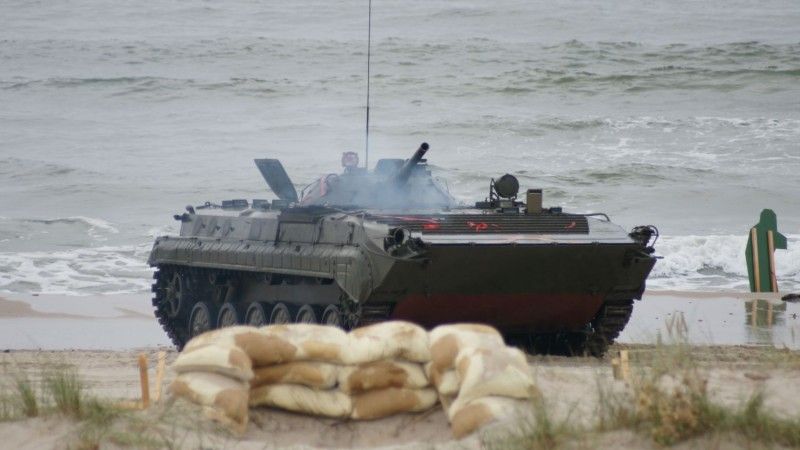Defence Policy
Poland Plans a Major Increase in the 2023 Defence Expenditure

The government envisages a 1.7% growth of GDP in 2023, with 9.8% inflation (with the 2022 GDP increase forecast at 4.6%, and inflation of 13.5%). The budgetary income has been planned at the level of PLN 604.4 bn., with spending of PLN 669 bn., which translates into a budgetary deficit of ca. PLN 65 bn.
The expenditure list includes national defence, to which PLN 97.4 bn. would be allocated. For the sake of comparison, one should say that this year the defence expenditure level was set at ca. PLN 58 bn. This is a result of the planned 2023 spending equivalent to 3% of GDP.
Apart from the defence expenditure amount, extra funds would be provided via the Armed Forces Support Fund (for PLN 30-40 bn. zlotys), provided by the BGK bank.
[ Armed Forces Support Fund: More Questions than Answers [COMMENTARY] ](https://defence24.com/armed-forces/armed-forces-support-fund-more-questions-than-answers-commentary)
In total, we would speak of an amount ranging from 127 to 137 billion zlotys - a record-breaking sum for the Republic of Poland, post-1989. If the plans come true, this would translate into doubled 2023 expenditure, in comparison to the year 2022, and tripled spending, when compared to the year 2015. This is to make it possible to finance multiple equipment procurement programmes, and to increase the number of personnel, serving in the military. It is planned that more than 20 thousand new soldiers would be recruited in 2023, excluding the Territorial Defence Forces component.

The defence expenditure levels that high are required to finance the agreements signed in 2022, and further contracts, involving South Korea (K2 MBTs, K9 howitzers, FA-50 jets), USA ( Abrams, F-35, HIMARS, Wisła, including phase II of the Wisła procurement), and the Polish defence industry (Gladius, Piorun, Narew, and other relevant acquisition programmes). The new funds would also become indispensable in financing the ongoing spending - for coverage of operational and training costs for the quantitatively larger army.
